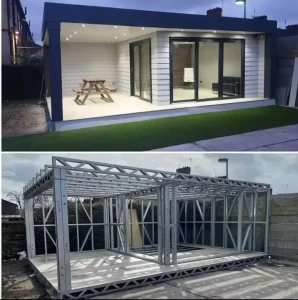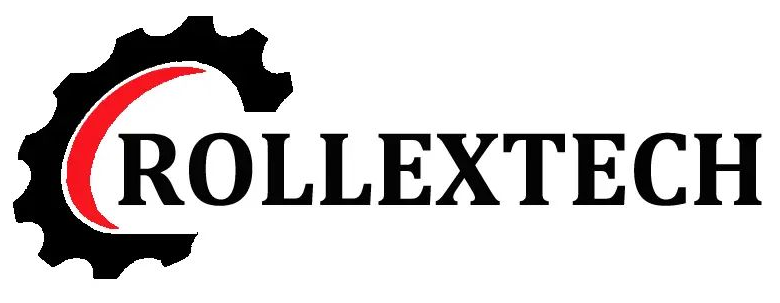Budoucnost lehkých ocelových konstrukcí: Trendy a příležitosti
Konstrukce z lehkých ocelových rámů (LSF), známé také jako lehké ocelové rámy, se celosvětově rychle prosazují jako udržitelná, účinná a nákladově efektivní alternativa k tradičním stavebním metodám. Zde se dozvíte, proč je tento inovativní přístup připraven změnit podobu stavebnictví:



1. Odhady růstu trhu
- Předpokládá se, že světový trh s lehkými ocelovými rámy poroste tempem CAGR 4,5-6% od roku 2023 do roku 2030 (Grand View Research), což je způsobeno urbanizací, nedostatkem bytů a požadavky na ekologické stavby.
- Klíčové regiony, které vedou k přijetí: Severní Amerika, Evropa, Blízký východ a Asie a Tichomoří. (zejména Dubaj, Saúdská Arábie, Čína, Indie a jihovýchodní Asie).
2. Klíčové faktory přijetí
- Požadavky na udržitelnost: Systémy LSF snižují uhlíkovou stopu o 30-50% v porovnání s betonem, což je v souladu s cíli nulové spotřeby a kritérii ESG.
- Rychlost a efektivita: Prefabrikované ocelové komponenty zkracují lhůty výstavby o 40-60%, které jsou rozhodující pro řešení krize bydlení a nedostatků v infrastruktuře.
- Odolnost proti katastrofám: Ocel je díky své trvanlivosti a odolnosti proti zemětřesení, požárům a termitům ideální pro oblasti ohrožené katastrofami.
- Podpora politiky: Vlády podporují LSF prostřednictvím ekologických stavebních předpisů (např. LEED, BREEAM) a dotací na modulární bydlení.
3. Nové aplikace
- Rezidenční: Cenově dostupné bydlení, luxusní vily a vícepodlažní byty.
- Komerční: Kanceláře, školy, nemocnice a maloobchodní prostory vyžadující rychlé nasazení.
- Průmyslové: Sklady, datová centra a dočasné stavby.
- Modernizace: Řešení z lehké oceli pro renovaci stárnoucích betonových budov.
4. Technologické inovace
- Integrace BIM: Zvýšená přesnost při navrhování a prefabrikaci.
- Chytrá výroba: Výrobní linky řízené umělou inteligencí optimalizují využití materiálu a snižují množství odpadu.
- Hybridní systémy: Kombinace oceli s křížem lepeným dřevem (CLT) nebo recyklovanými materiály pro zlepšení vlastností.
5. Výzvy k řešení
- Překážky ve vnímání: Překonání mylných představ o ceně oceli a "průmyslové" estetice.
- Mezery v dovednostech: Školení pracovníků v oblasti inženýrských a montážních technik specifických pro LSF.
- Počáteční náklady: Vyšší počáteční náklady na materiál ve srovnání s konvenčními metodami (kompenzované dlouhodobými úsporami).
6. Výhled do budoucna
Do roku 2030 se očekává, že LSF zachytí 15-20% světového trhu bytové výstavby, přičemž inovace v oblasti recyklovatelných nátěrů, energeticky účinných konstrukcí a modelů oběhového hospodářství dále podporují jejich zavádění. Tuto transformaci povedou společnosti investující do výzkumu a vývoje, partnerství a vzdělávání.




